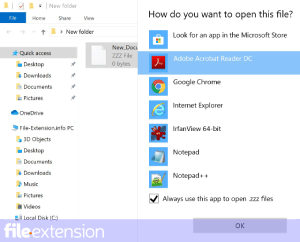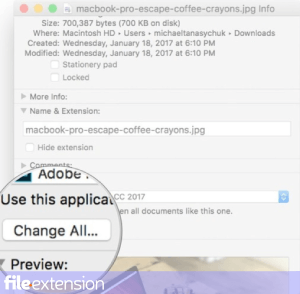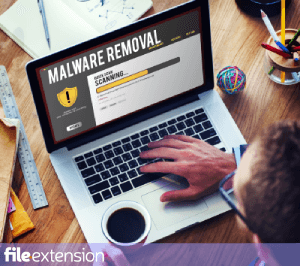
P17 File Extension
PAR Recovery Volume
-
DeveloperPeter B. Clements
-
CategoryArchive Files
-
Popularity5 (1 votes)
What is P17 file?
P17 is a file extension commonly associated with PAR Recovery Volume files. PAR Recovery Volume specification was created by Peter B. Clements. Files with P17 extension may be used by programs distributed for platform. P17 file format, along with 619 other file formats, belongs to the Archive Files category. The software recommended for managing P17 files is QuickPar. On the official website of Peter B. Clements developer not only will you find detailed information about theQuickPar software, but also about P17 and other supported file formats.
Programs which support P17 file extension
P17 files can be encountered on all system platforms, including mobile, yet there is no guarantee each will properly support such files.
How to open file with P17 extension?
Being unable to open files with P17 extension can be have various origins. On the bright side, the most encountered issues pertaining to PAR Recovery Volume files aren’t complex. In most cases they can be addressed swiftly and effectively without assistance from a specialist. The following is a list of guidelines that will help you identify and solve file-related problems.
Step 1. Download and install QuickPar
 The main and most frequent cause precluding users form opening P17 files is that no program that can handle P17 files is installed on user’s system. To address this issue, go to the QuickPar developer website, download the tool, and install it. It is that easy The full list of programs grouped by operating systems can be found above. The safest method of downloading QuickPar installed is by going to developer’s website (Peter B. Clements) and downloading the software using provided links.
The main and most frequent cause precluding users form opening P17 files is that no program that can handle P17 files is installed on user’s system. To address this issue, go to the QuickPar developer website, download the tool, and install it. It is that easy The full list of programs grouped by operating systems can be found above. The safest method of downloading QuickPar installed is by going to developer’s website (Peter B. Clements) and downloading the software using provided links.
Step 2. Verify the you have the latest version of QuickPar
 You still cannot access P17 files although QuickPar is installed on your system? Make sure that the software is up to date. It may also happen that software creators by updating their applications add compatibility with other, newer file formats. If you have an older version of QuickPar installed, it may not support P17 format. All of the file formats that were handled just fine by the previous versions of given program should be also possible to open using QuickPar.
You still cannot access P17 files although QuickPar is installed on your system? Make sure that the software is up to date. It may also happen that software creators by updating their applications add compatibility with other, newer file formats. If you have an older version of QuickPar installed, it may not support P17 format. All of the file formats that were handled just fine by the previous versions of given program should be also possible to open using QuickPar.
Step 3. Associate PAR Recovery Volume files with QuickPar
If the issue has not been solved in the previous step, you should associate P17 files with latest version of QuickPar you have installed on your device. The method is quite simple and varies little across operating systems.

The procedure to change the default program in Windows
- Clicking the P17 with right mouse button will bring a menu from which you should select the option
- Next, select the option and then using open the list of available applications
- Finally select , point to the folder where QuickPar is installed, check the Always use this app to open P17 files box and conform your selection by clicking button

The procedure to change the default program in Mac OS
- Right-click the P17 file and select
- Find the option – click the title if its hidden
- Select the appropriate software and save your settings by clicking
- If you followed the previous steps a message should appear: This change will be applied to all files with P17 extension. Next, click the button to finalize the process.
Step 4. Ensure that the P17 file is complete and free of errors
Should the problem still occur after following steps 1-3, check if the P17 file is valid. It is probable that the file is corrupted and thus cannot be accessed.

1. Check the P17 file for viruses or malware
If the file is infected, the malware that resides in the P17 file hinders attempts to open it. Scan the P17 file as well as your computer for malware or viruses. If the P17 file is indeed infected follow the instructions below.
2. Verify that the P17 file’s structure is intact
If you obtained the problematic P17 file from a third party, ask them to supply you with another copy. It is possible that the file has not been properly copied to a data storage and is incomplete and therefore cannot be opened. If the P17 file has been downloaded from the internet only partially, try to redownload it.
3. Check if the user that you are logged as has administrative privileges.
Some files require elevated access rights to open them. Switch to an account that has required privileges and try opening the PAR Recovery Volume file again.
4. Check whether your system can handle QuickPar
If the system is under havy load, it may not be able to handle the program that you use to open files with P17 extension. In this case close the other applications.
5. Ensure that you have the latest drivers and system updates and patches installed
Regularly updated system, drivers, and programs keep your computer secure. This may also prevent problems with PAR Recovery Volume files. It may be the case that the P17 files work properly with updated software that addresses some system bugs.
Do you want to help?
If you have additional information about the P17 file, we will be grateful if you share it with our users. To do this, use the form here and send us your information on P17 file.

 Windows
Windows 
